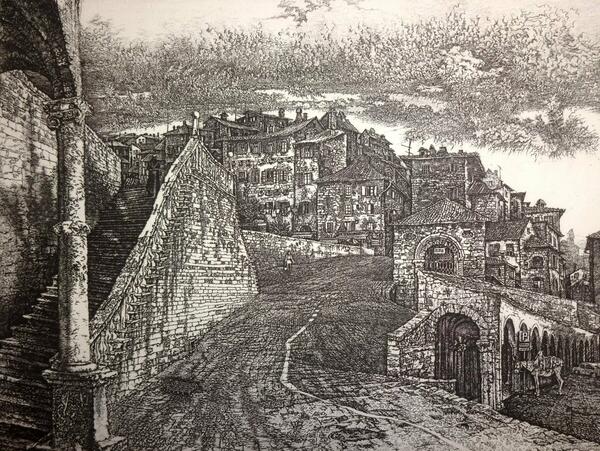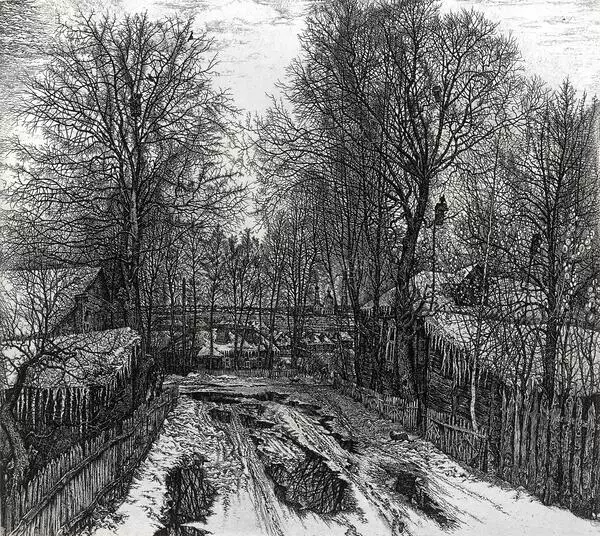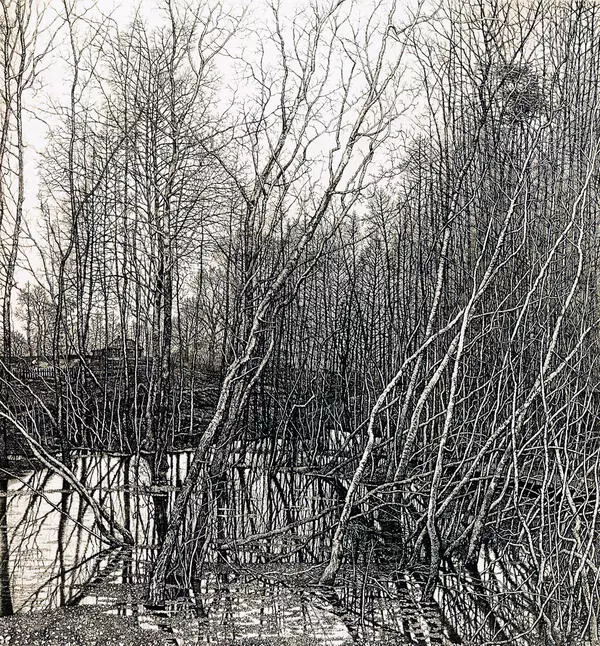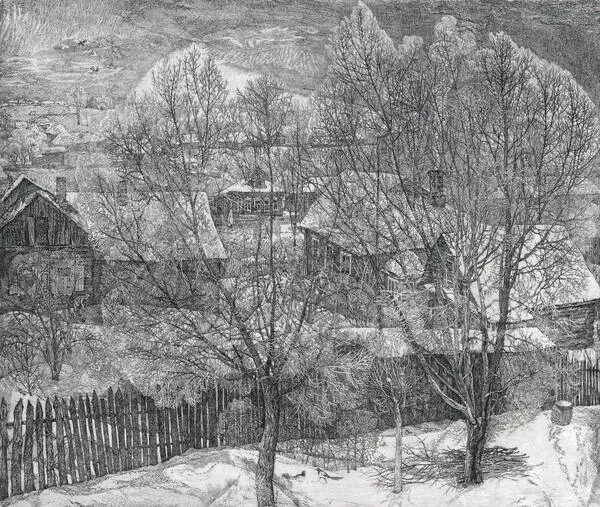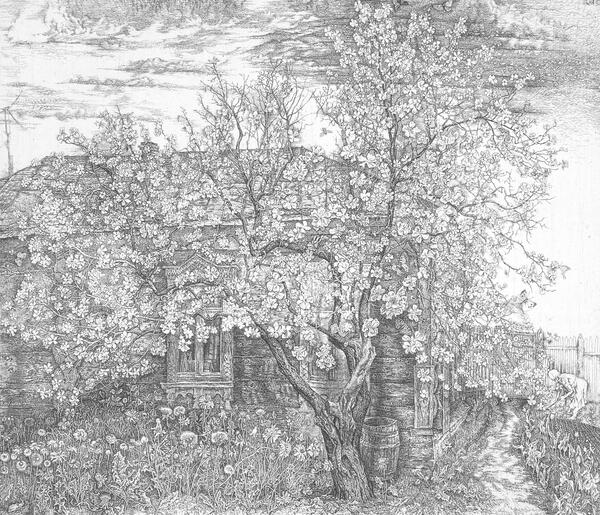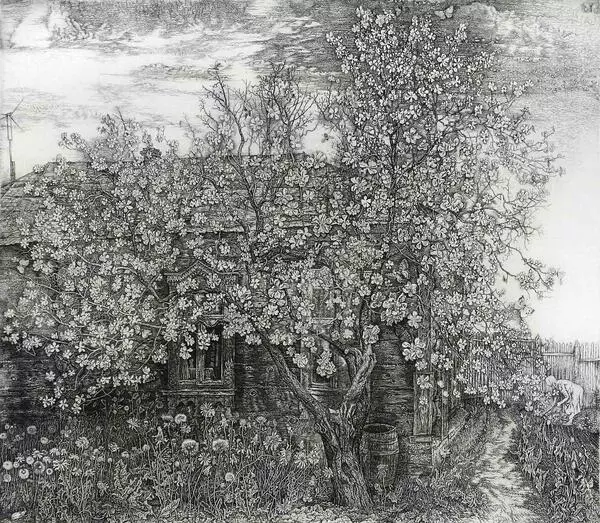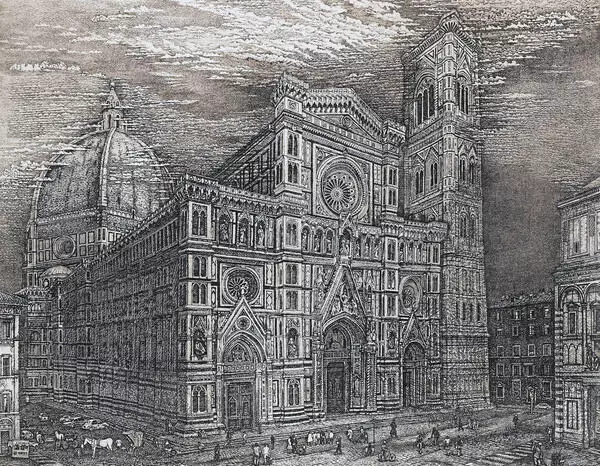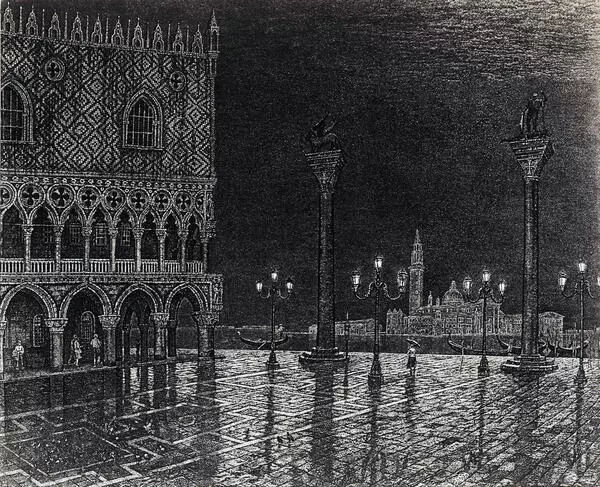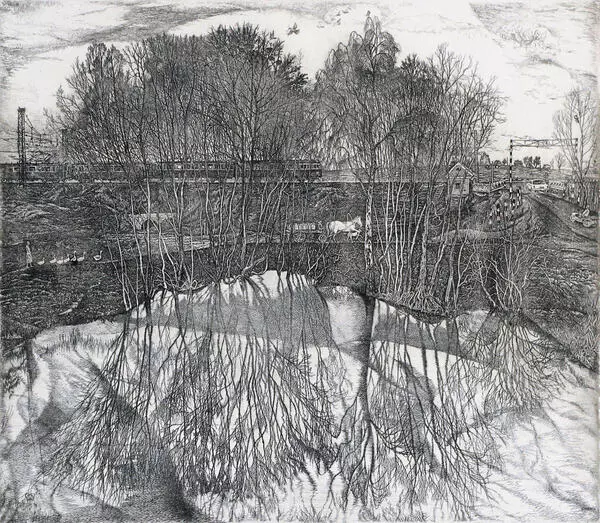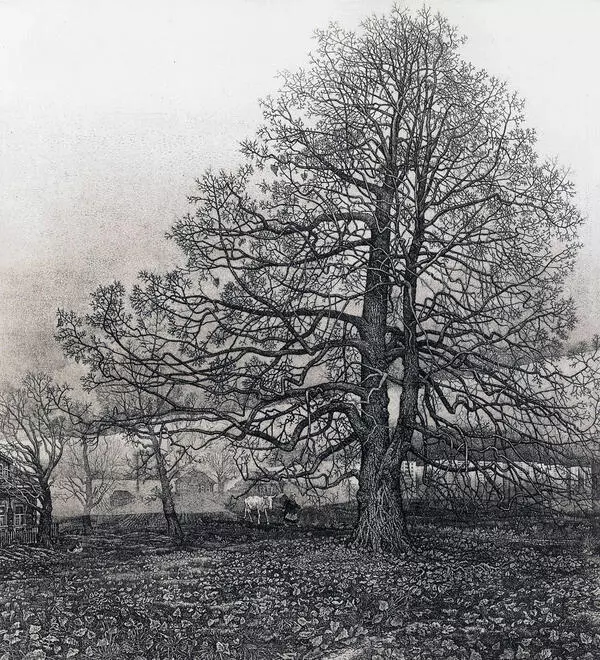Since the 13th century the Italian town of Assisi in the Umbrian hills has been the religious center of Italy. It was where St Francis was born in 1182, and where he received divine revelations and composed his writings. He transformed the very idea of renouncing the world into a positive life ideal based on following the example of Jesus Christ. At the same time, he redefined the very purpose of friarhood, changing the focus of a monk’s aspirations away from hermitage towards apostolic and missionary service and outreach to people.
The monastic complex of St Francis in Assisi is now a World Heritage Site and the main religious center of the Catholic Franciscan monastic order. According to many researchers on the phenomenon of the personality of St. Francis, the place itself, located in a picturesque area of Italy, undoubtedly contributed and still contributes to awakening special religious feelings. Stanislav Mikhailovich Nikireev managed to convey all the magic and mystery of the area in his small etching, thanks to his masterly detail work.
The artist has managed to combine in a fantastic way the modern elements and the atmosphere of the old town in the picture’s general composition. For example, on the right-hand side of the picture there are cars in the car park. Next to them, closer to the beholder, one can see a donkey standing directly beneath the parking sign. Some of the old stone buildings are topped with antennas. In this way the artist masterfully conveys the connection of epochs and the continuity of the historical context. The central part of the etching also shows a girl dressed in modern clothes and carrying a bag as she walks across the hillside. The city is famous for architectural monuments from different eras, both Roman and medieval. Of Roman antiquities, Assisi has the magnificent portico of the temple of Minerva, as well as the ruins and remains of the aqueduct and the Etruscan city walls.
Stanislav Mikhailovich Nikireev visited the city at the end of the 1970s and tried to convey his impression of what he saw on a small-size etching. This remarkable composition fully demonstrated the artist’s ability to feel and convey the spirit of place and time deeply and faithfully, to capture the general features of the city’s architectural style in combination with the geography of the area.
The monastic complex of St Francis in Assisi is now a World Heritage Site and the main religious center of the Catholic Franciscan monastic order. According to many researchers on the phenomenon of the personality of St. Francis, the place itself, located in a picturesque area of Italy, undoubtedly contributed and still contributes to awakening special religious feelings. Stanislav Mikhailovich Nikireev managed to convey all the magic and mystery of the area in his small etching, thanks to his masterly detail work.
The artist has managed to combine in a fantastic way the modern elements and the atmosphere of the old town in the picture’s general composition. For example, on the right-hand side of the picture there are cars in the car park. Next to them, closer to the beholder, one can see a donkey standing directly beneath the parking sign. Some of the old stone buildings are topped with antennas. In this way the artist masterfully conveys the connection of epochs and the continuity of the historical context. The central part of the etching also shows a girl dressed in modern clothes and carrying a bag as she walks across the hillside. The city is famous for architectural monuments from different eras, both Roman and medieval. Of Roman antiquities, Assisi has the magnificent portico of the temple of Minerva, as well as the ruins and remains of the aqueduct and the Etruscan city walls.
Stanislav Mikhailovich Nikireev visited the city at the end of the 1970s and tried to convey his impression of what he saw on a small-size etching. This remarkable composition fully demonstrated the artist’s ability to feel and convey the spirit of place and time deeply and faithfully, to capture the general features of the city’s architectural style in combination with the geography of the area.


